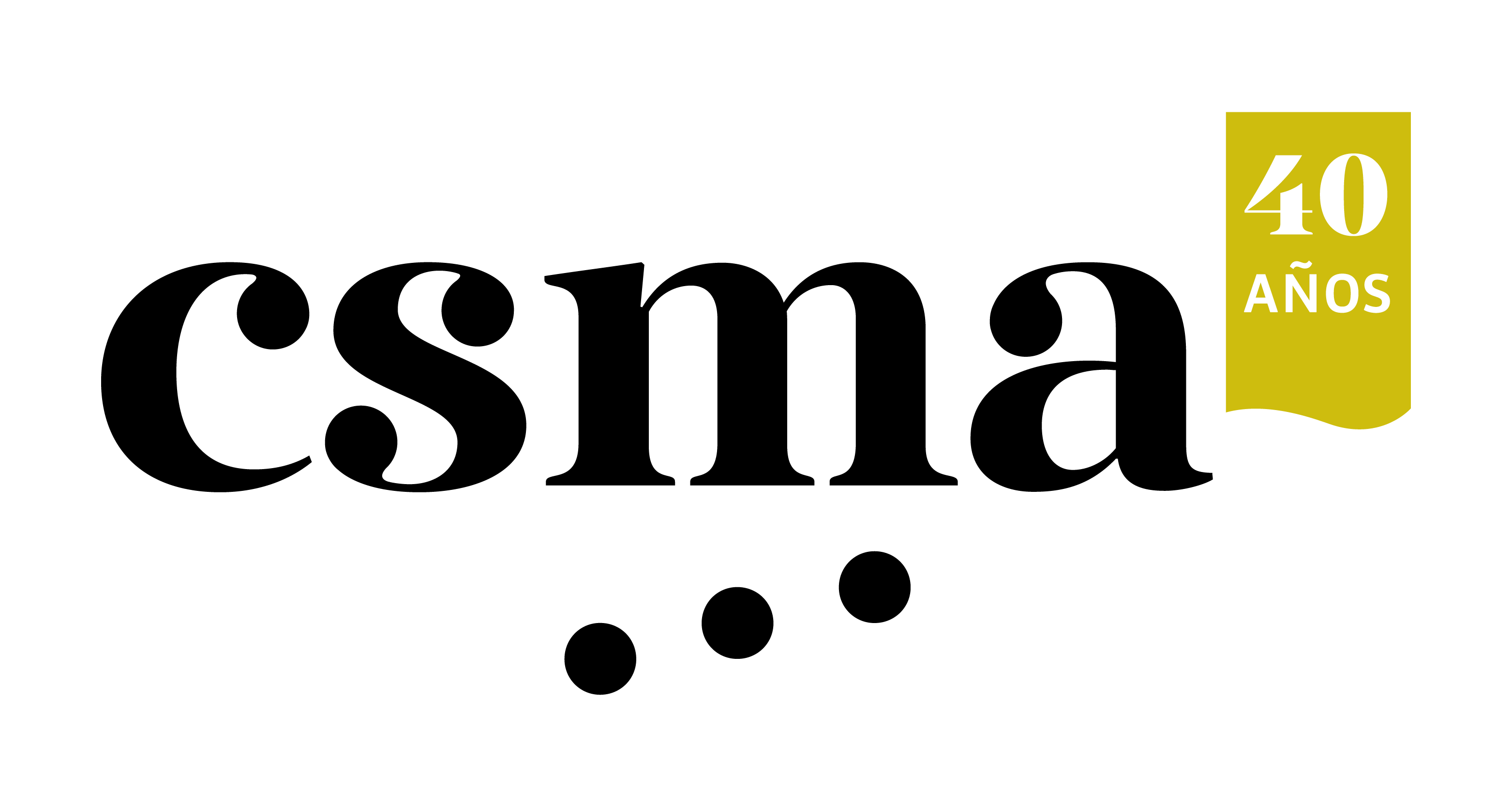The first clarinet ensemble (also known as orchestra or choir) is thought to have been created by the end of the 19th century at the Brussels Conservatory by clarinetist Gustavo Poncelet. In 1896, during a visit to Brussels, Richard Strauss heard the Poncelet ensemble and was impressed; as a result, Strauss used the clarinet family in many of his works.
From that point on, and especially in the USA, the clarinet ensemble has been in constant development thanks to its wide register range, the technical progress of the instruments, and the increase of pieces written for this ensemble, which became an effective means of musical expression in itself.
From the piccolo E-flat clarinet to the B-Flat bass clarinet, the clarinet family forms an ensemble with an extension range and timbre richness that turn it into the wind instrument group more closely resembling the string family.
The CSMA Clarinet Ensemble was born as a chamber music ensemble for collective practice and for the development of technical and interpretative aspects within the Clarinet Classroom, and also to show the peculiarities of the whole range of the clarinet family to the general public.
The CSMA Clarinet Ensemble was presented on the 28th of May 2007 at the Eduardo del Pueyo Auditorium with a joint concert of the CSMA ensemble and the Conservatoire National de la Région de Versailles, a collaboration made through an exchange promoted by the two centres. On that occasion, they were conducted by Philippe Cuper, soloist clarinet at the Paris Opera House.



